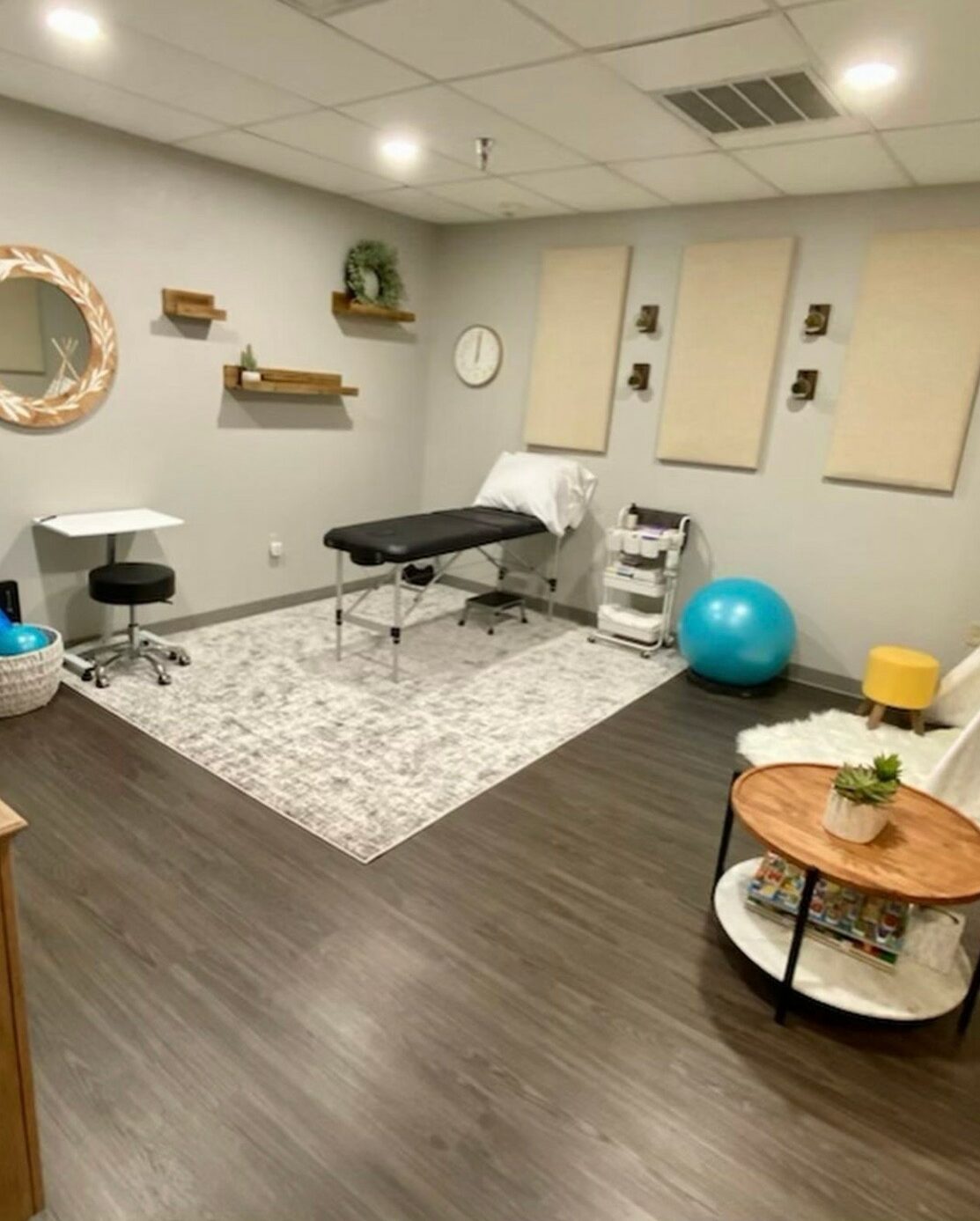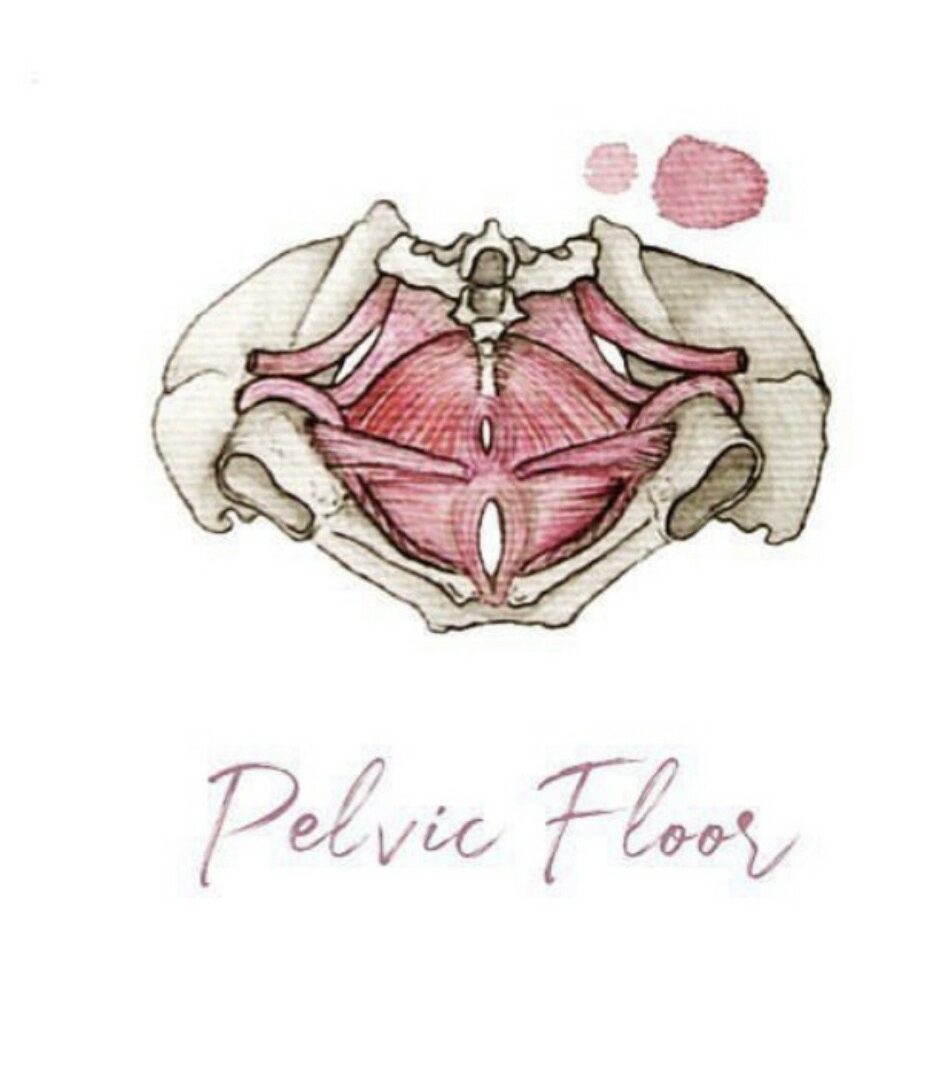

Today we’d like to introduce you to Lisa Whisenant.
Hi Lisa, so excited to have you with us today. What can you tell us about your story?
I have been practicing as an Occupational Therapist for about 8 years and began specializing in pelvic floor therapy in 2020. It was really multiple events that brought me to where I am today. Experiencing pregnancy and birth opened my eyes to how crucial therapy is during this season of life. A woman goes through many rapid changes to her body and therapy can offer so many benefits to help ease pelvic girdle pain, constipation, incontinence, and even how to prepare for birth (both vaginal and cesarean.) Many women feel discarded after the baby comes and need time to prioritize their health. I come in to help bridge that gap to provide women the best care before and after baby. I have also been diagnosed with endometriosis and adenomyosis (which are pelvic pain conditions) and can relate to my patients’ experiences and help them on their journey to healing and recovery.
We all face challenges, but looking back would you describe it as a relatively smooth road?
It has not always a smooth road. Specializing in pelvic floor therapy has historically been done by physical therapists, not occupational therapists. However, in more recent years there has been a shift. Occupational Therapists can bring so much to the pelvic floor world. Our training is a very holistic, full body focus and we incorporate functional movement and motivating activities for our patients on their road to recovery. We are trained in several manual therapy techniques and help facilitate our patient’s independence, all while having fun and focusing on the things they love to do. When applying for jobs, there were several clinics that denied my application right away because I was an OT, or I simply never heard back from them at all. I had worked hard towards this specialization and was not going to give up so easily. I knew I had a passion for this population and kept advocating. Luckily, I found Becky at Genesis PT & Wellness, who was growing her practice and all about having an OT join her team. The rest is history!
Thanks – so what else should our readers know about your work and what you’re currently focused on?
I am a Pelvic Floor Occupational Therapist, which sounds like a mouthful so I will break it down. An Occupational Therapist is part of a rehabilitation team that helps people who have had injuries or surgeries become more independent. You see us most commonly in the hospital or outpatient clinic working alongside physical therapists and speech-language pathologists. Many OTs work closely with people who have had spinal cord or traumatic brain injuries, strokes, orthopedic fractures, children with developmental disabilities, etc. I specifically work with people who have pelvic floor dysfunction. The pelvic floor is a set of muscles at the bottom of the pelvis that helps support our internal organs. Dysfunction occurs in the form of urine or bowel leakage, constipation, vaginismus, pelvic pain, or pain with intercourse. This is not at all an exhaustive list, just a few things I see most commonly. I work with pregnant and postpartum women, men, people with chronic pelvic or abdominal pain conditions such as endometriosis, IBS, and IC. I also work with athletes to help optimize their performance. I am most proud of helping my patients succeed and reach their goals in this intimate setting. Pelvic floor issues are not commonly discussed and so many people feel isolated and embarrassed by their symptoms. I love being a part of their journey to healing so they can go back to taking care of their children, working, and/or exercising without fear or pain.
Being an OT in this specialty I feel sets me apart from other therapists. My background in cognitive function and mental health allows me to incorporate those topics into my treatment sessions to better care for my patient. Patients with pelvic floor dysfunction often have co-existing conditions of anxiety and depression because of their symptoms. The holistic lens is so important for treating the whole person in front of you, not just the pelvic floor.
What do you think about luck?
I think there was a little bit of luck that lead me to Genesis. My boss was looking for another therapist to hire around the same time I moved back home to Texas. All of this occurred during the start of the pandemic, so I feel very blessed that this opportunity came about, especially when so many of my colleagues were furloughed. My postpartum experience and challenges with endometriosis lead me here, and I am forever grateful for those struggles as they made me a stronger therapist.
Contact Info:
- Website: Genesisptwellness.com
- Instagram: https://www.instagram.com/lisa.pelvichealth.ot/






Image Credits
Erin Beth
Birth Film + Photo










